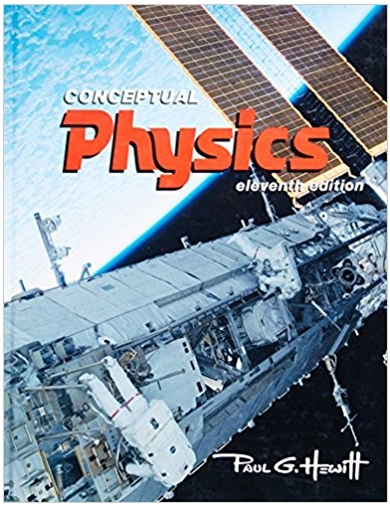Answered step by step
Verified Expert Solution
Question
1 Approved Answer
Goal: Work with Newton's universal law of K.00 x 10 kg gravitation. Many stars in the sky are actually systems of two or more

Goal: Work with Newton's universal law of K.00 x 10 kg gravitation. Many stars in the sky are actually systems of two or more stars that remain together due to their mutual gravitational attraction. The figure shows a three-star system at an instant when the stars are at the vertices of a 45" right angle. We assume that the stars are spherical so that we can replace each star by a point mass at its center, as in the figure. The coordinate system is shown in the figure, with the origin at the center of the small star. 200 x 10 1.00 x 10" kg R.00 x 10 kg 2.00 x 10" m (a) There are two forces acting on the small star: F1 (the force due to the upper large star), and F2 (the force due to the lower large star). Calculate the magnitude of each force. (b) Find the x- and y- components of the two forces. (c) Find the x- and y- components of the total force on the small star. (d) What is the total magnitude of this force? (e) What is its direction relative to the x-axis?
Step by Step Solution
★★★★★
3.50 Rating (153 Votes )
There are 3 Steps involved in it
Step: 1

Get Instant Access to Expert-Tailored Solutions
See step-by-step solutions with expert insights and AI powered tools for academic success
Step: 2

Step: 3

Ace Your Homework with AI
Get the answers you need in no time with our AI-driven, step-by-step assistance
Get Started


